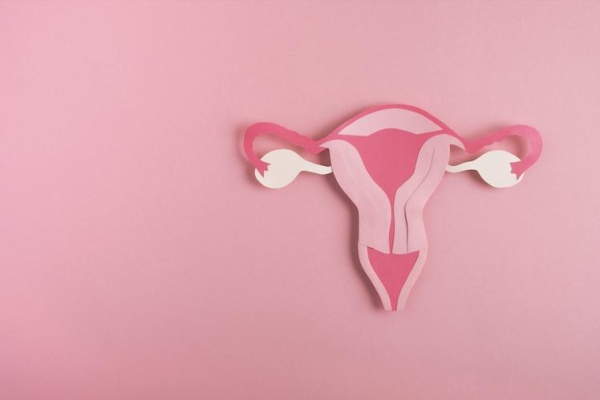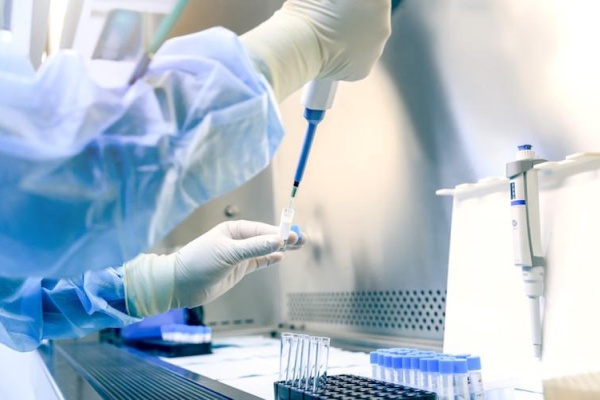What's this all about?
Endometriosis is defined as the presence of endometrial cells (endo-uterine tissue) outside the uterine cavity. Although often described as benign, it has a major impact on the quality of life of women who suffer from it and requires appropriate care.
What are the symptoms?
The main symptom is cyclical abdominal pain (depending on the menstrual cycle). This pain may occur only during menstruation, known as dysmenorrhoea, or it may be constant throughout the cycle. When the pain is triggered by sexual intercourse, it is known as dyspareunia.
How can it be detected?
Endometriosis is a difficult pathology to assess, due to the variability of its symptoms. However, it is now accepted that dysmenorrhoea (pain during menstruation) from puberty onwards should raise suspicions of pelvic endometriosis.
Endometriosis lesions may affect the peritoneal cavity, the ovaries, and uterus, the bladder, or the digestive tract, or even, exceptionally, have an extra-abdominal location (lungs). Depending on the location of the lesions, the symptoms may vary (pain, dysmenorrhoea, dyspareunia, transit problems, rectal discharge, urinary problems).
These symptoms have a negative impact on quality of life and can lead to a reduction in personal and professional daily activities (taking time off work, stopping sporting activities).
Diagnosis is based on the presence of lesions in the abdominal cavity. This requires laparoscopy, which is an invasive procedure and therefore not routinely performed. Other imaging tools, such as pelvic ultrasound, MRI, and endorectal ultrasound, can be used to clarify the diagnosis.
There are various classifications of endometriosis, but the most commonly operated is the American Fertility Society (AFS) score, which classifies endometriosis into 4 stages according to the extent of the lesions. A distinction is made between superficial and deep pelvic endometriosis.
Finally, when endometrial cells infiltrate the uterine muscle (myometrium), this is known as adenomyosis, the symptoms (mainly bleeding) and treatment of which are sometimes different from pelvic endometriosis.
Which women are affected? What impact does it have on fertility?
It is currently estimated that 10% of women of childbearing age suffer from endometriosis, a percentage that is certainly underestimated due to the difficulty of diagnosing the condition. Of these 10%, 20-50% suffer from infertility.
Not only does endometriosis lead to a change in the abdominopelvic anatomical relationship (adhesions, alteration of the fallopian tubes, ovarian cysts), but we now know that the inflammation caused by the disease alters the quality of the oocytes and reduces the chances of embryo implantation.
There are various analgesic solutions for endometriosis, but the basic treatments consist of resting the hormonal cycle. These treatments are not compatible with pregnancy plans, as they aim to temporarily suppress menstruation and the menstrual cycle. Care for patients suffering from endometriosis is therefore multidisciplinary.
When a patient presents with infertility and suffers from endometriosis, it is necessary to assess her case as a whole in order to propose the best treatment option: recourse to pelvic surgery can reduce symptoms but exposes her to the risk of recurrence.
In some cases, recourse to medically assisted procreation may be considered. In France, the 2006 recommendations were updated in 2017 to improve patient care.
Written by:
Dr Stéphanie Huberlant, MD Ph.D., Department of Obstetrics and Gynaecology and Reproductive Medicine
Caremeau University Hospital, Nîmes



